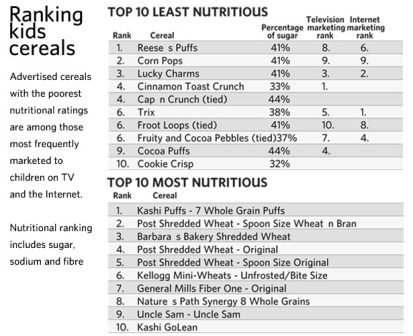Trying to figure out the best college savings plan for our children is overwelming. Financial advisor Marsha Woelber, a Partner at Independent Investment Services, LLC/Securities Offered through LPL Financial, Member FINRA/SIPC, offered to provide helpful information on college saving basics. Check out her guest article below. She can be reached @ marsha@iissav.com or 912-650-2852.
You want to provide your child with every opportunity in the world. Paying for a college education seems so far away, but you can make simple investment decisions today to ease the blow of increasing tuition costs.
There are many options to facilitate college savings; I’ve focused on 529 savings plans, popular due to their tax advantages and flexibility. As you can see below, paying for just one year at even a Public College can be overwhelming. You may not be able to save enough for all four years of tuition, room and board, and other expenses – but you could save enough to give your child the right start.
Common Questions about 529 Savings Plans
Q – What is a 529 Plan?
A – A 529 plan is an investment plan designed to encourage saving for a child’s college expenses. The plans are named after Section 529 of the Internal Revenue Code. Contributions are made in cash and invested; the money can be used to pay for “qualified” college education expenses without incurring any income tax liability on the earnings and/or appreciated value of the assets.
Q – Who can open a 529 account?
A – Anyone. Parents, grandparents, other relatives or family friends can all be account owners with the child as beneficiary. Also note that anyone can contribute to an existing 529 account, no matter who owns it.
Q – How much do I need to invest in a 529 account?
A – Many plans have low initial minimums of $500-$1,000 and can usually be arranged for automatic investments of as little as $50 or $100 a month. Many states do have an upper limit on contributions, typically $200,000 – $250,000.
Q – Who controls the investments in the account?
A – The account owner selects from investment portfolios created by a professional money manager. The most common investment option is an age-based allocation strategy in which the age of the child (# of years until college) determines the specific mix of investments.
Q – Are there tax advantages to enrolling in a 529 Plan?
A – Contributions are not federal tax deductible on your tax return, however, your investments grow tax-deferred, and distributions for “qualified expenses” are federally tax-free. Your own state may offer tax benefits such as deductions; this should be considered prior to enrolling in a 529 plan.
Read the rest of the article by clicking here.



































































